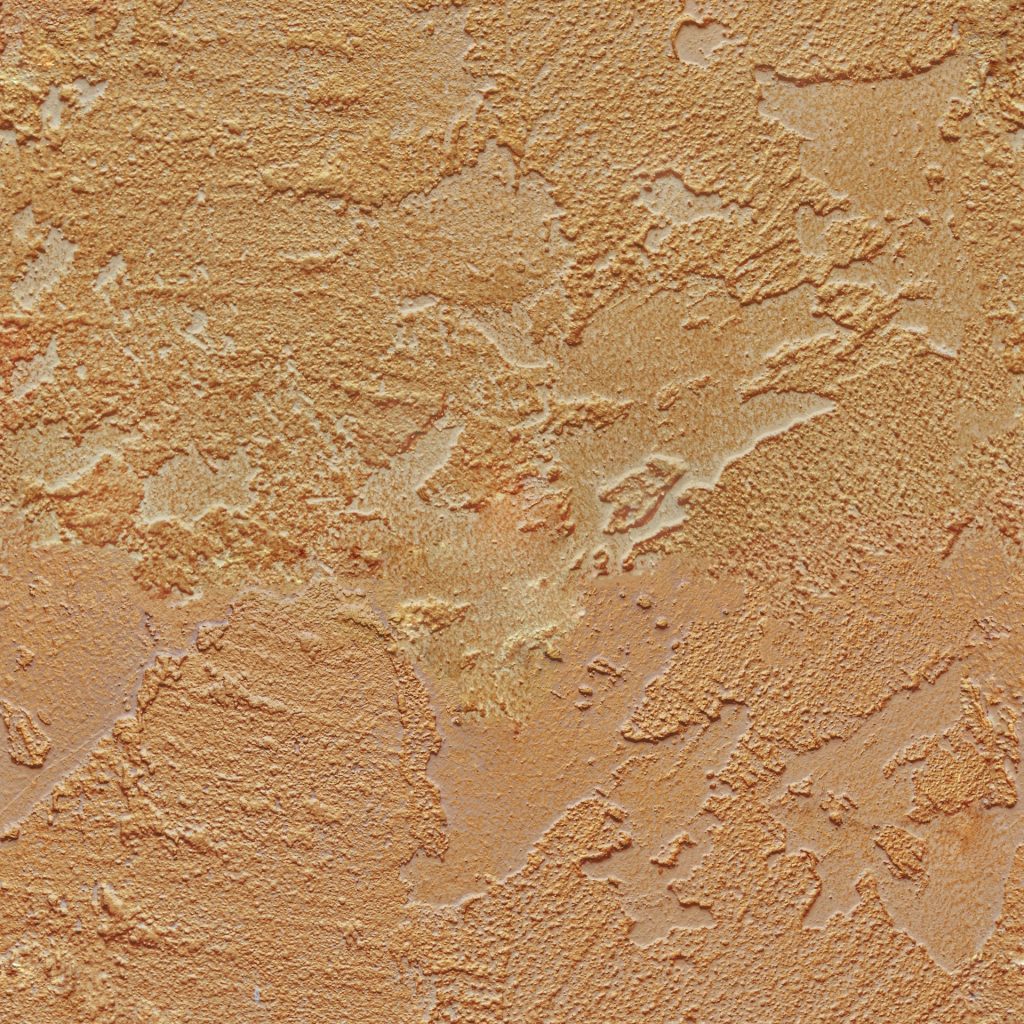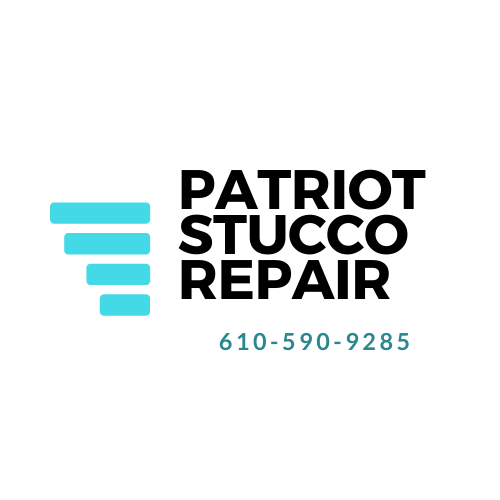Understanding Stucco Damage: Causes, Signs, and When to Call for Repairs
Stucco: a classic choice for exteriors, but keeping it beautiful takes know-how. This blog is your guide to maintaining, repairing, and loving your stucco home!
Stucco is a widely used material for exterior walls, known for its durability, aesthetic appeal, and weather-resistant qualities. However, like any building material, stucco can deteriorate over time due to various factors such as water damage, improper installation, and environmental conditions. Understanding the causes of stucco damage, identifying the signs, and knowing when to call for repairs are crucial in maintaining the structural integrity and appearance of your property. This article explores stucco, its common damage causes, how to identify issues, and when it’s time to call a professional for repairs.

Core Concept: What is Stucco?
Stucco is a versatile exterior wall covering made from a mixture of cement, sand, lime (or limestone), and water. Its origins date back to ancient civilizations, but it is still widely used today due to its long-lasting, weather-resistant qualities. Stucco is typically applied in multiple layers, each serving a specific purpose to enhance both the durability and appearance of the surface. The core components of stucco include:
- Scratch Coat: This is the first layer of stucco applied to the wall. It bonds with the wall’s surface and provides a rough texture for the subsequent coats to adhere to.
- Brown Coat: The second layer smooths out the surface and provides further bonding before the final finish coat.
- Finish Coat: This is the top layer, providing the aesthetic appeal and providing the final texture and color. It is also the layer that is most exposed to the elements.
Stucco can be applied in various textures, ranging from smooth finishes to more textured surfaces, depending on the design preferences and desired look.
Stucco Damage: Causes and Factors
Stucco is known for its strength, but certain external and internal factors can cause it to deteriorate over time. Here are some of the most common causes of stucco damage:
- Water Intrusion:
Water is the number one enemy of stucco. Leaks from the roof, poor flashing around windows and doors, or clogged gutters can allow water to seep behind the stucco. Over time, trapped moisture can weaken the stucco’s structural integrity and lead to significant damage. Water intrusion may also lead to the growth of mold, mildew, or rot behind the stucco, which compromises its strength and can result in unpleasant odors or even health concerns. - Improper Installation:
Stucco, when not installed properly, can be prone to a variety of problems. Common installation errors include skipping the scratch or brown coat layers, incorrect mesh installation, or improper mix ratios. An improper application can cause the stucco to crack, weaken, or fail to bond correctly to the wall. - Foundation Shifts:
Over time, the foundation of a building may settle due to natural shifts in the ground or structural movement. This can cause the rigid stucco to crack or develop gaps, especially in areas where the foundation moves more significantly. Cracks caused by foundation movement should be addressed quickly, as they can worsen over time and lead to more severe damage. - Weather Impact:
In climates that experience freezing temperatures, the freeze-thaw cycle can have a significant impact on stucco. When water infiltrates cracks in the stucco and freezes, it expands, putting additional pressure on the material. This repeated cycle can weaken stucco and cause it to crack, flake, or even break apart entirely. In extremely hot climates, stucco may also suffer from heat-related wear and tear, leading to cracking and fading. - Impact from Physical Damage:
Physical impacts, such as those from flying debris during storms, can also damage stucco. While stucco is generally resilient, hard impacts can cause cracks or dents, especially in areas where the material is thinner or has already weakened due to other causes.
Signs of Stucco Damage
Recognizing stucco damage early is essential for preventing more serious issues down the line. Below are common signs of stucco damage that homeowners should watch out for:
- Cracking:
Cracks are one of the most noticeable signs of stucco damage. These cracks can range from hairline fissures to large, deep breaks. Small hairline cracks often appear due to natural settling, while larger cracks are more concerning. These larger cracks may indicate underlying moisture damage or foundation shifts, which require immediate attention. - Bulging or Bubbling:
If your stucco starts to bulge or bubble, it often indicates trapped moisture or air behind the stucco layers. This can be caused by water intrusion or poor installation practices. Bulging stucco is a clear sign of significant moisture problems and can weaken the material further if not addressed promptly. - Staining or Discoloration:
Dark spots, stains, or discoloration on the surface of stucco are usually caused by water infiltration or mold growth. These stains may appear around windows, doors, or rooflines where water tends to collect. Persistent staining is a red flag that moisture is affecting the stucco, and prompt attention is needed to prevent further damage. - Mold Growth:
Mold and mildew can grow in areas where moisture is trapped behind the stucco. Mold growth is often accompanied by an unpleasant odor and may appear as dark spots or patches on the exterior of the stucco. If mold is visible on the surface, it may be a sign of a deeper issue with water infiltration. - Soft or Crumbling Areas:
Stucco should remain solid and sturdy. If certain areas of your stucco feel soft or begin crumbling when touched, this is a clear indication of damage. The stucco’s ability to resist impact and protect the building structure has been compromised, and repairs should be made to prevent further deterioration.
Inspection & Diagnosis of Stucco Damage
If you notice any of the signs of stucco damage, it’s crucial to get a professional assessment to determine the extent of the problem. Here are some common inspection methods used to diagnose stucco damage:
- Moisture Testing:
Moisture testing involves using a probe or meter to measure moisture levels behind the stucco. This is an important step in identifying water damage that is not visible on the surface. High moisture levels can indicate significant water intrusion, and if left unchecked, this could lead to mold growth or structural damage. - Infrared Scans:
Infrared thermography is a non-invasive technique used to detect temperature differences behind the stucco. Areas with trapped moisture will typically have a different temperature compared to the surrounding dry sections, allowing professionals to locate hidden water damage. - Visual Assessment:
An experienced stucco contractor can often identify tell-tale signs of damage, including cracks, bulges, discoloration, and stains. Visual inspection, combined with moisture testing or infrared scans, helps contractors determine the best course of action for repairs.
When to Repair Stucco Damage
Understanding when to repair stucco damage can help prevent more extensive issues later on. Here are situations where repairs are generally recommended:
- Minor Cracks or Isolated Spots: If the damage is limited to minor cracks or isolated areas, repairs can often be done without replacing large sections of the stucco. This is the ideal time to address the damage before it worsens.
- No Underlying Moisture Issues: If the cracks or damage do not involve trapped moisture or mold, they can typically be repaired without further concerns about water intrusion.
- Early Detection via Routine Maintenance: Regular inspections and timely repairs are key to maintaining the stucco’s integrity. Early detection of damage can save you from costly replacements in the future.
When to Replace Stucco
In some cases, stucco damage is so extensive that repair is no longer sufficient, and replacement is necessary. Here are some situations where full stucco replacement might be required:
- Widespread Moisture Damage: If moisture has infiltrated large portions of the stucco, causing rot, mold, or structural damage, replacement is necessary. Moisture-damaged stucco can compromise the building’s structural integrity and may lead to health issues due to mold.
- Compromised Structural Integrity: If the stucco has become too weak or the foundation has shifted significantly, replacing the stucco may be required. In these cases, replacing the stucco helps restore the strength and protection of the building.
- Mold or Rot Behind Stucco: If mold or rot has spread behind the stucco, simply repairing the visible damage won’t address the underlying issues. In such cases, the damaged stucco needs to be removed, and the underlying structure must be treated or replaced to prevent recurrence.
Best Practices for Stucco Maintenance
Regular maintenance and timely repairs are crucial in extending the life of your stucco. Here are some best practices to follow:
- Regularly Inspect Stucco: Check your stucco for any visible damage, especially after storms or heavy rainfall. Look for cracks, discoloration, and other signs of damage.
- Ensure Gutters and Downspouts are Functioning Properly: Make sure that water is being directed away from the stucco walls. Clogged or improperly installed gutters can lead to water pooling near the stucco, increasing the risk of water damage.
- Use Qualified Stucco Specialists for Repairs: Hire experienced contractors who specialize in stucco to ensure repairs are done correctly. A professional can identify underlying problems and provide solutions that prevent further damage.
- Address Small Issues Early: It’s always cheaper and easier to repair small issues than to wait until they become large, costly problems. Regular inspections and prompt action can prevent the need for expensive replacements.
Conclusion
Stucco is a reliable and durable exterior finish for homes and buildings, but it is not impervious to damage. Recognizing the causes of stucco damage, understanding the signs, and knowing when to call for repairs are essential for maintaining the integrity and appearance of your property. Regular maintenance, proper installation, and timely repairs can help extend the life of your stucco and prevent costly replacements. If you’re uncertain about the condition of your stucco, always consult a professional stucco repair service to ensure that the issue is addressed promptly and correctly.
Call to speak with one of our professional stucco contractors | 610-590-9285
Patriot Stucco Repair
We can help you repair and remodel your home exterior! Call us today and learn how Patriot Stucco Repair can help.
The region's leading professional stucco contractor
Proudly powered by Snapps website builder



